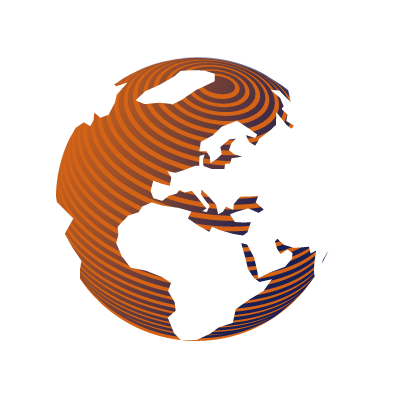The media is full of talk about nanotechnology. Tiny nano-robots that can flow through our blood vessels repairing damaged tissue, tiny computers that can attach to our brains and create super-intelligence or carbon nanotubes long enough to build a space elevator. But is any of this feasible in our lifetimes?
How many of these are practical solutions and realistic advances in science?
How much of ‘nano’ talk is just hype?
The biggest problem with ‘nano’ is that the phrase is over used; Apple’s Nano I-pod, and car maker Tata’s Nano are two such examples, while Nano SIM cards are replacing the ‘oversized’ mini in our phones.
In fact, the word refers to ‘one billionth’, so scientifically it is most used as a nanometre (nm); one billionth of a metre. At this minute scale, less than 10,000th the width of a human hair, materials begin to act in a very different way, giving them amazing new properties.
For example, as the American Chemical Society notes, one of the most versatile applications of nanotechnology is nanotubes. Stating that, “Carbon nanotubes are one hundred times stronger than steel and yet also much lighter.”
By adapting the concentration of nanotubes mixed into other substances, chemical engineers are able to change the properties of the original material. In this way they can adjust its strength or flexibility, increase or decrease its conductivity or heat retention properties, or influence a product’s colour (or not).
The fact is that nanotechnology has many real-world applications. For example, nanobarcoding can help detect fake or forged items, such as luxury goods, banknotes, and casino chips.
As Business Insider explains, “The particles, which are invisible to the naked eye, contain coloured stripes of nanocrystals which glow brightly when lit up with near-infrared light. They can easily be manufactured, integrated into a variety of materials and can withstand extreme temperatures, sun exposure and heavy wear.”
The online scientific journal, Phys.org, gives further uses, describing how, “There are now pens available that allow you to draw nanowire [electrical] circuits. Sunscreen has nanoparticles, and silver nanoparticles are used as anti-bacterial agents in many everyday items. Lithium batteries use nanotech for better storage: in fact, nanotech is critical for improving battery performance and capacity.” Adding that, “We now have hand-held DNA sequencers that can be used in the field. We no longer have to send samples back to the lab and wait for the results – we can sequence DNA on site, thanks to the intelligent use of proteins in miniaturised devices.”
So, is all the talk of ‘nano’ just hype and buzzword? In many ways ‘yes’, the phrase is over-used, and tagged onto numerous products just because they are small, but true nanotechnology is a very powerful tool. It is a technology that is already providing mankind with numerous improvements of everyday items, and more importantly has thousands of more uses waiting in the pipeline.
Maybe one day, our great-grandchildren will have brain surgery conducted by nanorobots, but for those of us living in the late 20-teens, nanotechnology is already here and ready for production.
To learn about more real-world applications for nanotechnology you can read other Team Trade blog articles here.
Photo credit: Business Insider, Tatamotors, Imore, Manchikoni, Pinterest, Tweaktown, & Amazon
